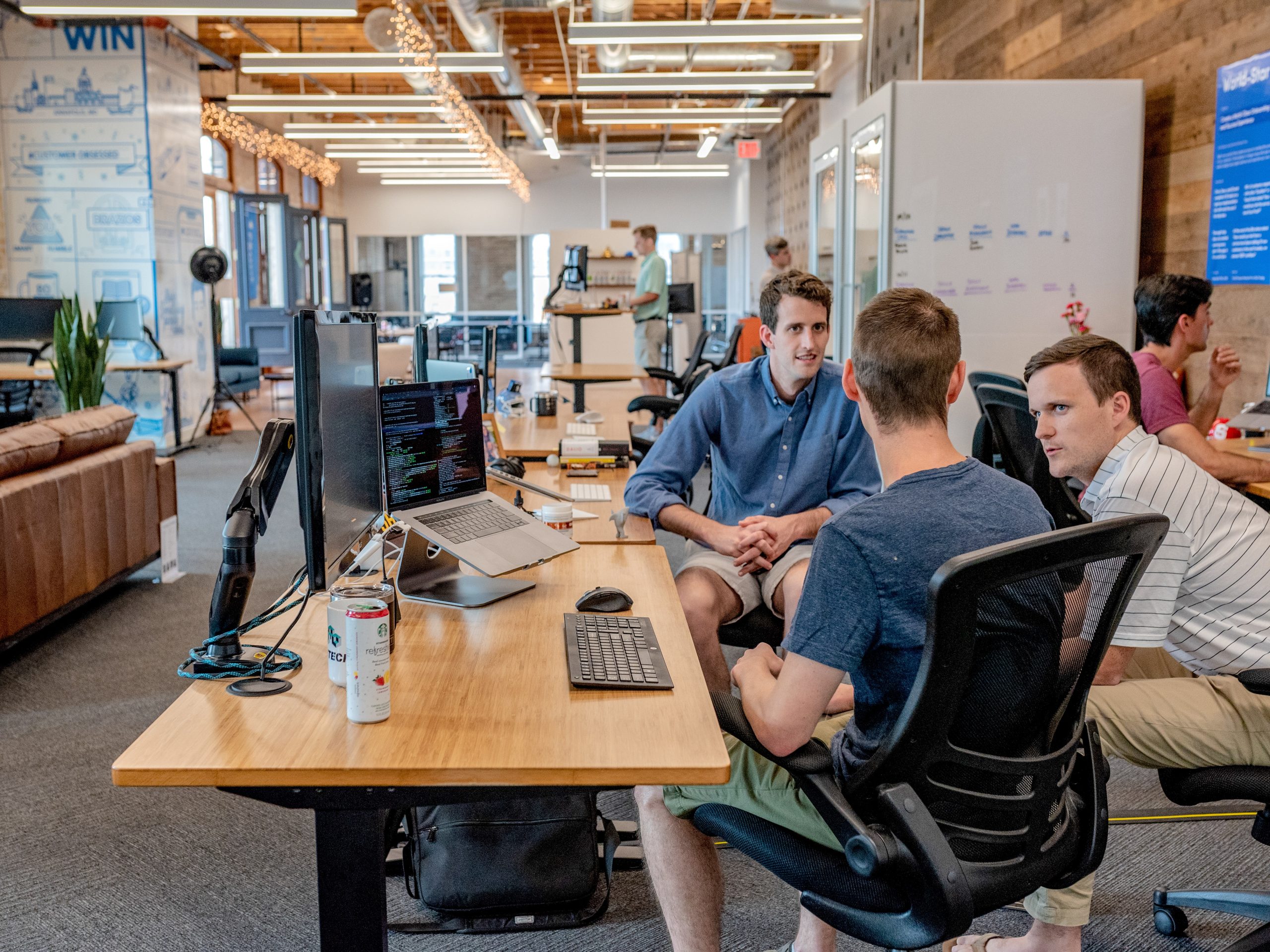“A positive work environment is a balance between what’s good for the business and also what’s good for the employee as well. We hear this phrase bandied around a lot around wellbeing and wellbeing really isn’t completely all one-sided.”
“Whilst you want a workforce that are well motivated and happy to go to work, you also want a company that understands that and provides the right environment for all of those things to happen. Because ultimately, it’s an arrangement between company and employee that gets the best results, the most ethical companies that those who have a valued workforce. So that’s what we try to champion, and adopt models that are positive for both the company, but also for the employees as well.”
“Businesses have a duty of care like any other organisation, and ensuring that the environments they provide are safe, healthy, and allow their clients, their employees to thrive.”
Do you find that there’s willingness from employers to engage in the hybrid working situations? Are CEOs stuck in their ways and they want to see their workers clocking in and clocking out?
“It is a bit of a mix. Hybrid working is not something that just suddenly appeared. We’ve had a bizarre trial run at this over the pandemic, which was born out of almost an adapt and survive mentality. It was forced on us out of necessity.”
“We’ve all realised, both employers and employees, that things can be different and can be better, not across every single employer because hospitality, as an example, need to have your feet on the ground. But, this whole idea that we’re using technology to open up a new era for us, that technology has always been there, hasn’t developed overnight – Zoom’s been around for the last ten years.
“It’s just that now we’re beginning to see the benefits for employers. I would think that, while there are some negative things around this, many businesses have already invested quite deeply, for example leasing the office space. Many of them may still be trapped into longer-term leases on office space and need to see that used to its best effect or be renegotiated. But some of them may require direct customer contact and have to track activity and project the productivity of the staff a lot closer.”
“But employers have seen some huge benefits over the last 14 months. So they’ve seen a reduction in the expenditure that they pay out on things like travel and expenses for part of their staff. And I’m not talking just about the commute. I mean, if they’ve got to send stuff to another part of the world to go and form a partnership or seal a deal to save money, on top of that, they’re already looking at redesigning and downsizing office space to save money.”
“A recent report by Accenture said that for employees who will work like three or four days a week at home, you’re looking at significantly 20 to 30 percent less office space. So there are some considerations in this in terms of moving forward, in terms of positive outcomes for employers as well.”
“We have learned a lot over the last 14 months, which will undoubtedly affect the way we work in the future. While we might call it the new normal, it will change many business strategies.”
The downside of the pandemic and working from home
“One of the biggest things when you involve technology and this blended or hybrid-working approach is that it’s sometimes really hard not to have your working day extended because you’re contactable.”
“And we’ve seen some companies during the pandemic particularly having days when they will turn their email service off at around about six o’clock so that people can’t be sending emails all the time. Google themselves as an organisation had days where they were they designated no meeting days so that you weren’t interminably at the behest of your diary. So it’s those sort of more radical thinking around this whole thing that actually begins to work. We are in a new dimension. And so this is about forging a strategy that works for your company and for your employees. There’s no one quick fix.”









